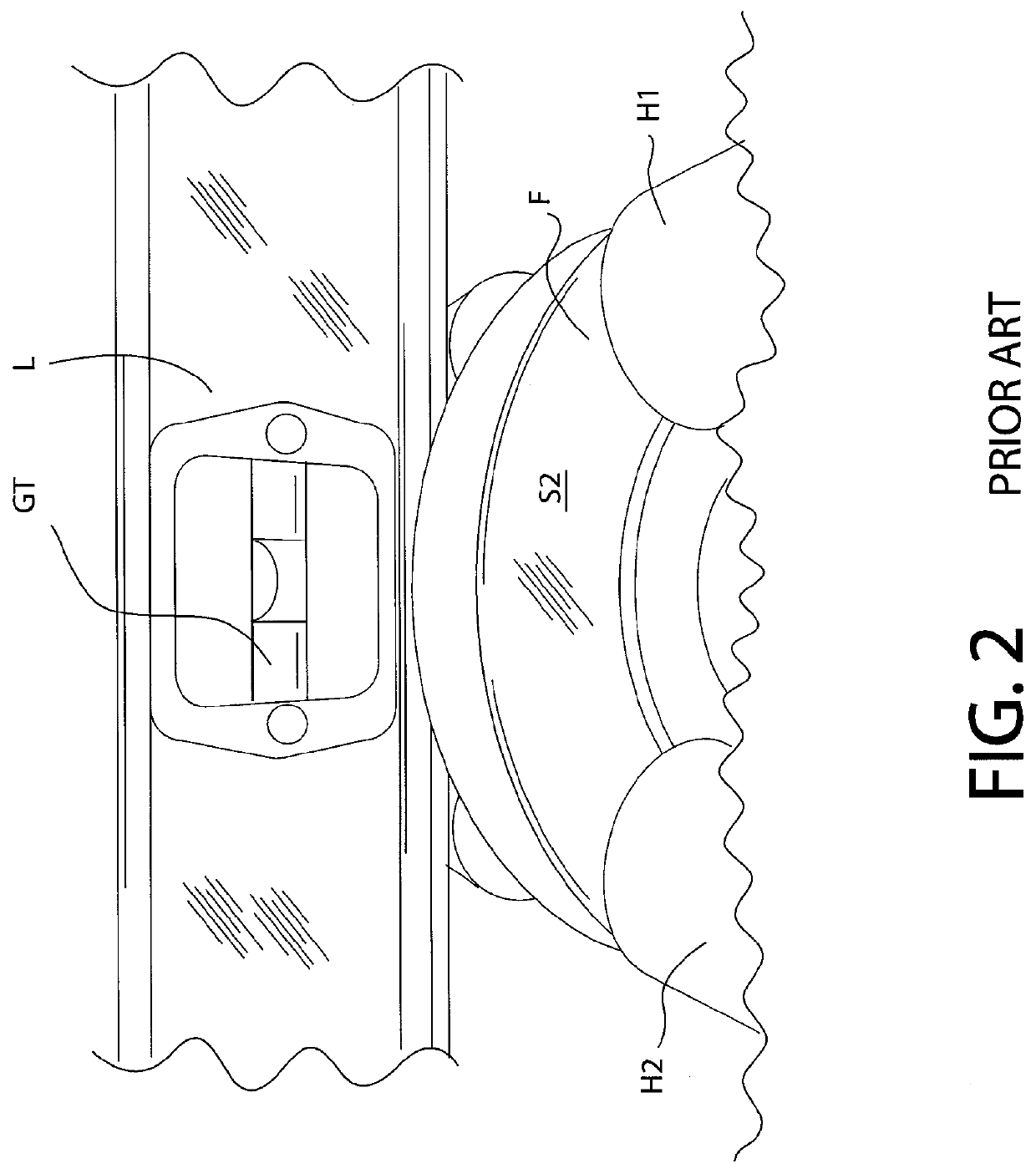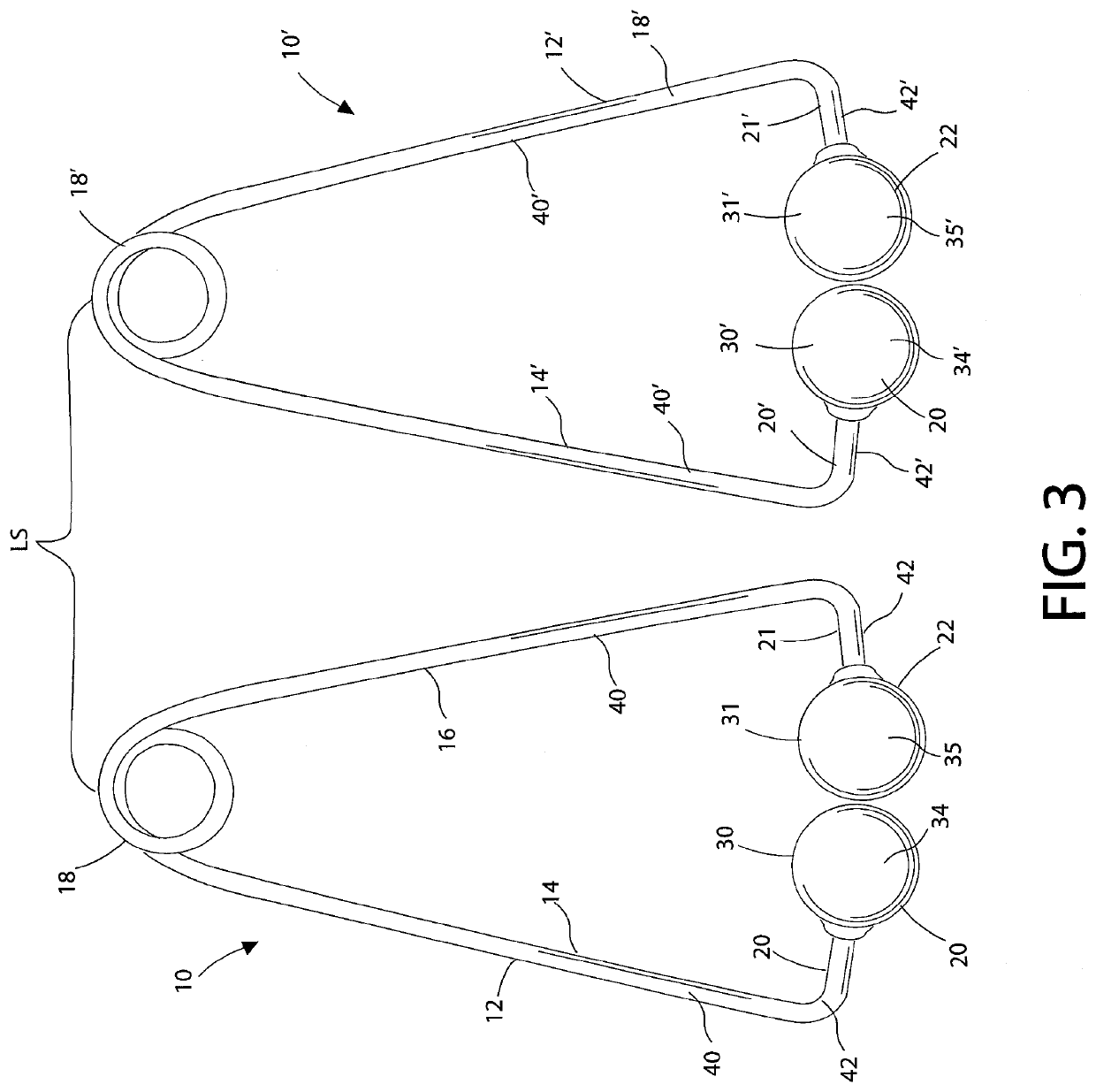Flange leveling system for supporting and aligning a flange and related method
a leveling system and flange technology, applied in the field of flange leveling system, can solve the problems of no adjustment, perfect alignment, no assurance, etc., and achieve the effect of less prone to damage and/or distortion, less distortion of ball bearings or levels, and convenient positioning
- Summary
- Abstract
- Description
- Claims
- Application Information
AI Technical Summary
Benefits of technology
Problems solved by technology
Method used
Image
Examples
Embodiment Construction
[0042]Embodiments of the invention generally relate to methods and a leveling system for supporting and aligning a flange relative to another object where the flange is to be secured. Some embodiments described herein relate to supporting and alignment of pipe flanges utilized in piping systems relative to pipe sections where the flange is to be secured. Embodiments of the leveling system include a flange support and alignment device that facilitates coaxial and / or concentric alignment of pipe flanges to the pipe sections. Embodiments of the invention may be utilized with pipe flanges including bolt-type flanges in the form of a plate or annular ring having a plurality of bolt holes formed in a pattern near an edge of the plate or ring. The bolt-type flanges include weld-neck flanges, raised face flanges, back-up flanges, blind flanges, slip-on flanges, la joint flanges, socket welding flanges, threaded flanges, and the like.
[0043]A flange leveling system of the prior art is illustr...
PUM
 Login to View More
Login to View More Abstract
Description
Claims
Application Information
 Login to View More
Login to View More - R&D
- Intellectual Property
- Life Sciences
- Materials
- Tech Scout
- Unparalleled Data Quality
- Higher Quality Content
- 60% Fewer Hallucinations
Browse by: Latest US Patents, China's latest patents, Technical Efficacy Thesaurus, Application Domain, Technology Topic, Popular Technical Reports.
© 2025 PatSnap. All rights reserved.Legal|Privacy policy|Modern Slavery Act Transparency Statement|Sitemap|About US| Contact US: help@patsnap.com



